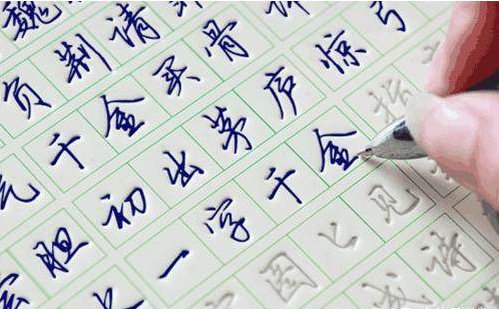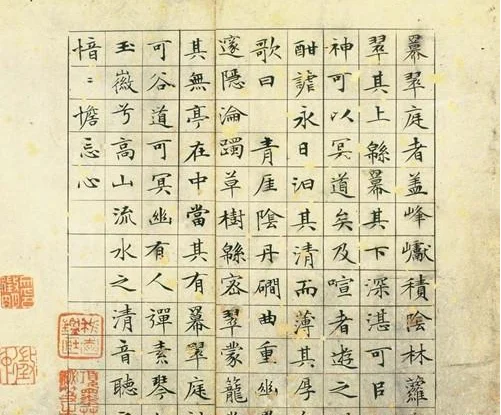What kind of copybook is good for practicing hard-pen calligraphy? I believe this is a very frustrating thing for many people who cannot write well, so some people ask, what kind of copybook is good for practicing hard-pen calligraphy? I recommend copybooks for calligraphy practice. For beginners, grooved copybooks will make greater progress with practice. However, in the early stage, the advantages are obvious. Later, you can use grid paper.

advantage:
1. If beginners are not familiar with penmanship and font structure, it is recommended to use groove copybook (but not for too long), because it can play a certain supporting role and help beginners get started quickly.
2. Beginners often have a certain fear of practicing calligraphy. Many friends around me do not want to write beautiful handwriting, but they always say that it is too late or the effect is too slow. In the end, they are still afraid of practicing even if they do it. Even if you don't practice well, learning groove copybooks can increase beginners' confidence.

Here are some notes on my calligraphy practice copybook recommendations:
1. Priority will be given to ancient posts when selecting posts. If you are interested in practicing regular script, you may consider copying the "Ling Fei Jing". If you are interested in practicing running script, for beginners, it is more recommended to use running script with clear strokes and strict rules. So in terms of running script, my recommendation is "Wen Fu" by Lu Jianzhi.
2. Put an end to "character molding". The so-called character molding is to use hard pen to write in the groove. This is a low-level method that treats the symptoms but not the root cause, and even has many hidden dangers.
3. “Copying” is not recommended.
It is not recommended to use transparent paper to copy hard-pen calligraphy (brush calligraphy is fine). Hard-pen calligraphy pays more attention to structure than brush calligraphy, and tracing is more of a brush calligraphy practice. The tracing effect of hard-pen calligraphy is very little.
4. It is advisable to use the rice-character grid to face the copybook.
Try to make the position and size of each stroke consistent, practice each word hundreds of times, finish writing a copybook, and then continue from the beginning, and so on until you can write each word very similar without looking at the copybook. It worked.
5. Practicing more is not as good as practicing well.
Don't rush to practice all the words at once. If A and B practice calligraphy at the same time, A's ability to write 100 characters will be much better than B's ability to master 1,000 words. Even if A has 900 words that he has not mastered, his writing will still be better than B's.
6. The choice of tools is very important.
Pencils are very expressive in stroke thickness, a useful tool for beginners, and toys for experts; ballpoint pens are not easy to use, so throw them away decisively; fountain pens are the king of hard-pen calligraphy, pick a good one, get familiar with it, and integrate it; gel pens , the most cost-effective, easy to master, highly expressive, and ready to use.
7. Don’t rely too much on calligraphy teachers and tutorials, and don’t worry about your limited talent. The important thing is to practice more and you will succeed if you persist.
Understanding these will help beginners learn to practice calligraphy so that after they have mastered calligraphy practice, they can achieve beautiful and elegant fonts, with both virtual and real characters being appropriate and well-proportioned. Learning to practice calligraphy now will lay a solid foundation for future life.








